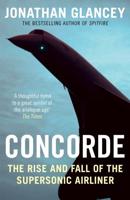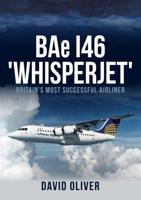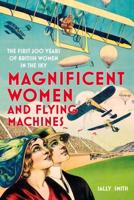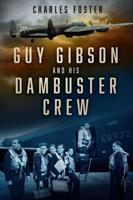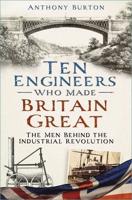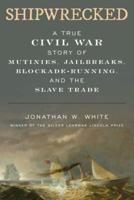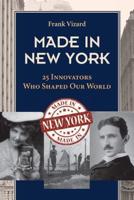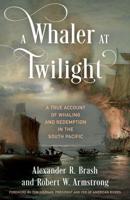Publisher's Synopsis
This is the story of how the obscure but brilliant and determined Wilbur Wright, and his brother Orville, beat rich, powerful and sometimes unscrupulous rivals to become the first to fly. At the turn of the 20th century, as Wilbur Wright himself said, men by common consent adopted flight as the standard of impossibility. Intense, brilliant, determined, Wilbur and his brother Orville seized that challenge for their own. They were obscure bicycle makers from Ohio who went to a deserted Atlantic beach to devise the world's first aeroplane, and they faced keen competition from far more prominent men, equally driven to make history. First came Samuel Langley, head of the Smithsonian Institution, the odds-on favourite to fly first. Under intense public scrutiny, his ponderous aerodrome dropped into the icy Potomac River like a handful of mortar just nine days before the Wrights' unheralded first flight at Kitty Hawk. Yet the Wrights were so obscure they were all but ignored. So for six years they fought for recognition - flying a full circle before the disbelieving French, competing against Alexander Graham Bell, and finally against the motorcyclist Glenn Curtiss, fastest man in the world. In the final showdown with Curtiss in 1909, Wilbur Wright circled Manhattan above a million ecstatic spectators. The brothers' place in history was assured. Using his research in the rich archives of aviation, James Tobin pulls readers back to a time when flight seemed simultaneously crazy and tantalizing, drawing them along the Wrights' twisting path of trial, error and breakthrough. No one, Orville later remarked to Charles Lindbergh, quite understands the spirit of those times.

